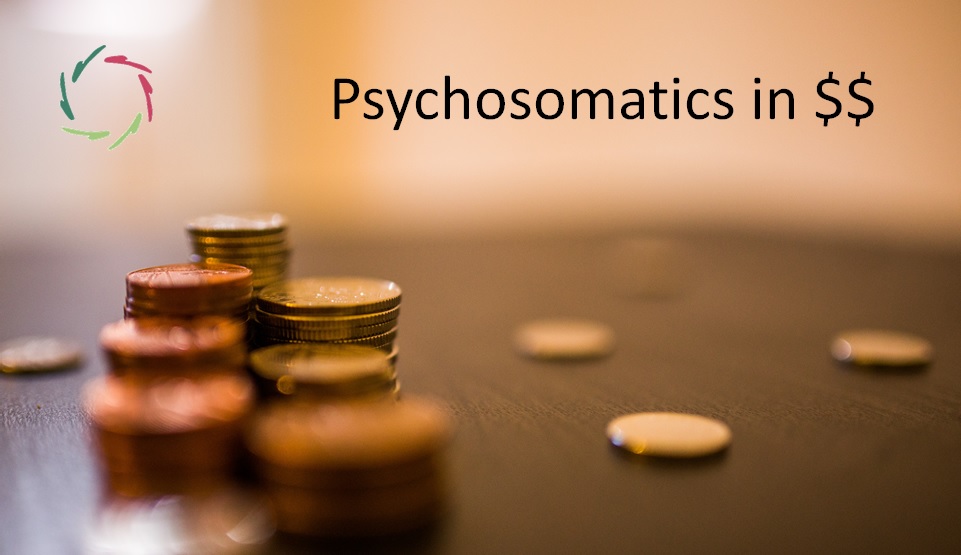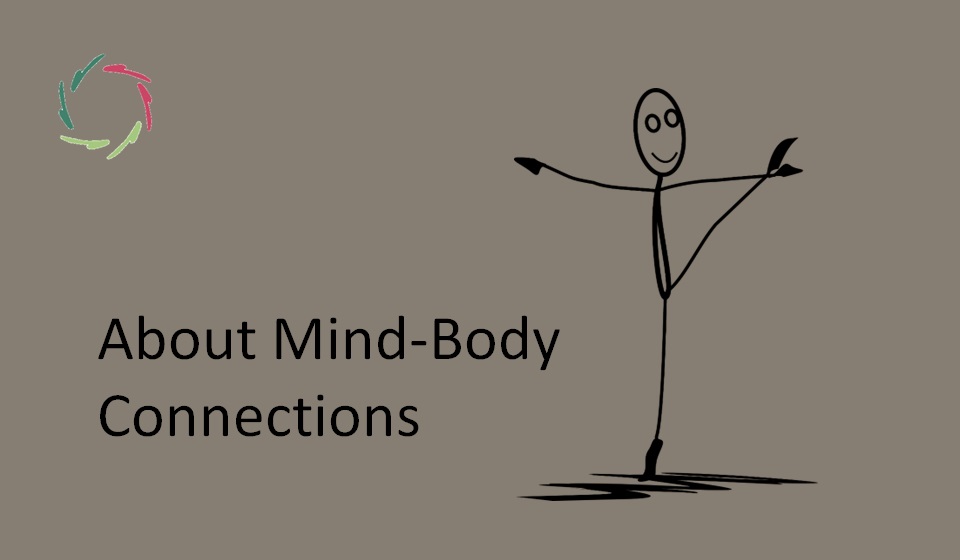The Client is the Therapy

This is about the client in psychotherapy. It is also about the patient in medicine insofar as the mind is involved ― say, psycho-somatics, easily involving half of the medical domain.
See my book Your Mind as Cure.
Psychotherapy, schematically
A good evolution in healthcare, including psychotherapy, is to put the client at the center. This ongoing evolution gradually leads to seeing the client as therapy ― depicted in this scheme.

Above the arrows
You see the classical situation, whereby the psychotherapist uses techniques on the client who is mainly regarded as rather passive recipient. This is frequently still the prevailing paradigm in practice and in many centers of psychotherapeutic education. Yet, in high-level research, it is integrally scientifically known for many years that the techniques by themselves do not add to the therapy’s effectiveness. Therefore, many see – and use – the techniques as placebos.
Obviously, this placebo-take puts psychotherapy at odds with medical science where every effort is made to clear all products from the placebo through elaborate double-blind studies. Strikingly, many describe what happens above the arrows as ‘the medical model’ of psychotherapy whereby the caregiver uses techniques on the client/patient. The difference is that in the medical case, techniques are working ― although, here too eventually, much is placebogenic.
Below the arrows
Here, the situation becomes different. The therapist himself is the instrument toward the client. This instrument is used for kindling the client’s already present resources. The client’s internal use of these resources IS therapy. Techniques are not de facto therapeutic instruments to be used upon the client but carriers through which the therapist reaches the client ― like jugs containing water.
This look upon techniques as mainly or even merely carriers is not new to the science of psychotherapy. In this vein, the ‘awakened’ therapist knows that the techniques are sheer carriers. However, for them to work as such, the client has to believe that the techniques are effective instruments. This is, the client needs to believe that things are happening in the way as depicted above the arrows.
In short, for this to work, the client needs to be made to believe what the therapist knows to be untruthful.
A question
If the therapist acts as an excellent instrument, does he still need carriers?
The AURELIS answer
No.
In AURELIS coaching, the coach doesn’t use conceptual carriers toward the client. Thus we come to the following scheme:

As to the above, this is logical, but is it feasible? In any case, the therapist deserves as much support as possible. Specific AURELIS coaching techniques have been developed – by me – for this purpose. As you can see in the scheme, they are not client-oriented but therapist-oriented. This makes AURELIS coaching diametrically different from psychotherapy. In the AURELIS scheme, the therapist entirely supports the client-as-therapy. This is growth-related, leading to change from the inside, not from the surface.
Note that in the first scheme, the therapist is the one who does. The client mainly undergoes. In the AURELIS scheme, the therapist invites the client to do. The client is the active therapy. This may be an even better distinction than the related one between placebo and empathy in healthcare. Namely: the one who actively brings the placebo vs. the one who empathically invites.
A question
Is it ethical to keep training future therapists in specific techniques as in the first scheme?
The AURELIS answer
Yes.
But they should be taught from the start in the right context. They are not necessary ingredients of successful therapy. However, many techniques can be transformed into, or be sources of inspiration for elements of a Compassionate way of being and coaching.
The AURELIS scheme doesn’t denigrate the therapist ― quite the contrary.
At the same time, it radically puts the client at the center.
An excellent human therapist/coach cultivates Compassion (not the same as pity). This may seem straightforward, but honestly, Compassion is not easy! At the same time, it is not magic, of course. There is no transcendence of the laws of the universe.
The Compassionate therapist – with no mere-ego standing in the way – spontaneously aids the client to become the best possible auto-therapy. This might also make the client more powerful toward bodily change (psycho-soma-therapy). Science will tell. To the degree that it does, we have a revolution in medicine.
The therapist’s belief in the client is essential.
The placebo is frequently seen as the carrier of belief/expectation.
This is also relevant to the AURELIS scheme, with a twist as to the quality of belief. It’s like entirely saying YES, then looking for the right level upon which it can be truthfully said. This way, the saying YES – being an important AURELIS coaching technique if oriented toward the therapist – is congruent with the therapist’s deep belief in the client. The deep expectation coming from this is more than the expectation based on what even an awakened therapist readily brings to bear through the carrier veil.
Or, one can say, “The best carrier is the therapist’s deep, genuine belief in the client.” This kindles the client’s belief (hope, expectation) in himself without needing a placebo and, eventually, also no other carrier.
This is Open therapy.
What about Lisa?
As said, there is nothing magical going on in the above. A human coach can go far in acting as a human coach-instrument. As a bonus, in doing so, he can become more Compassionate as a human being. This will always be worthwhile to the core.
Besides this, the above also shows that Lisa may well act as another instrument, coming with specific pros and cons. The client-as-therapy may make use of Lisa 24/7. When wanted or needed, he can consult a human coach. Lisa will encourage this.
Two more pros of Lisa are that 1) Lisa can coach many people simultaneously, worldwide, with little expense (for free to those who cannot afford it), and 2) Lisa will also be a scientific instrument that can open up what works or doesn’t even in human coaching, and what makes the client truly his own therapy.
Since coaching is everywhere, this makes Lisa as a project relevant in many places, important in the further development of A.I. as well as in what this can teach us, humans, about ourselves. Note that “Who We Are, What A.I. Can Become, and Why It Matters” is the subtitle of my book The Journey Towards Compassionate A.I.
I see this as the Lisa revolution.


